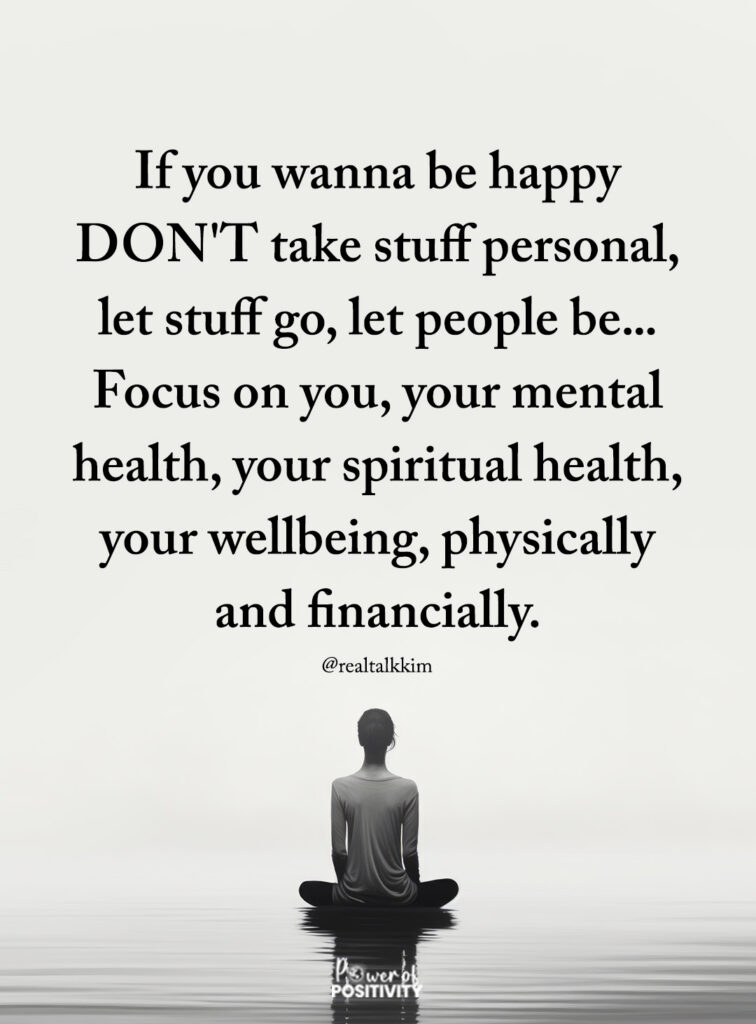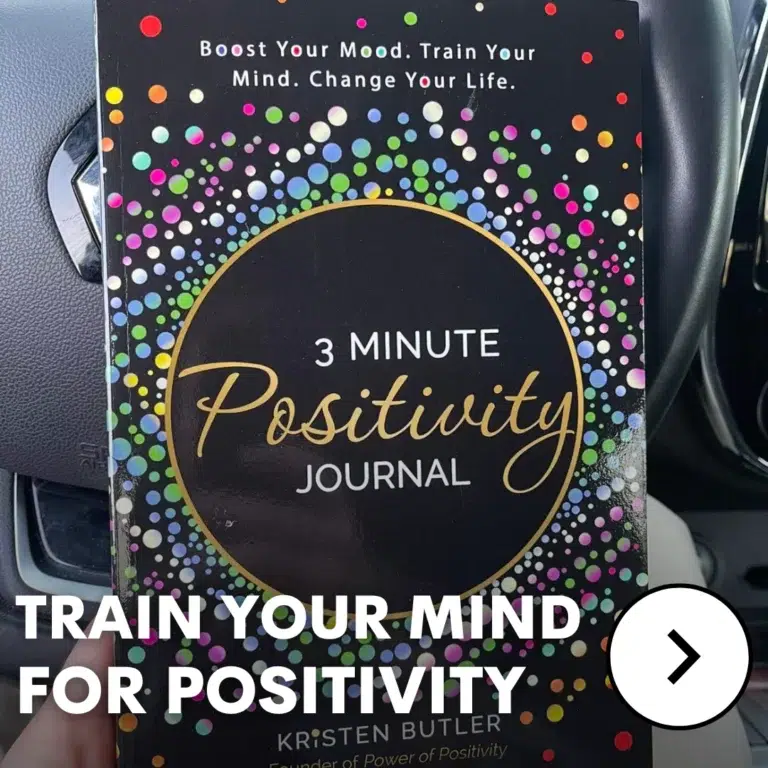Many people deal with anxiety during ordinary moments of life, and that’s where cognitive behavioral therapy becomes helpful.
This evidence-based approach focuses on the thoughts, habits, and reactions that make worry feel stronger. Instead of only talking about feelings, CBT teaches clear, simple skills you can use right away to calm your body and steady your mind.
These tools help you break patterns that keep anxiety going and replace them with healthier ways of thinking and responding. What makes CBT especially useful is that the skills stay with you long term, even after therapy ends. This section introduces how CBT works and why so many people rely on it to feel more in control of everyday stress.
What CBT Actually Is
Plenty of people hear the term cognitive behavioral therapy and think it’s complicated, but it’s actually a very down-to-earth approach. It works like a teamwork style of treatment, where you and a trained expert talk through what’s happening in your daily life right now. Instead of looking far back into your past, CBT focuses on what’s causing stress today. You learn small, doable steps that help you understand why certain thoughts make your body tense up or your mood shift fast. Over time, these steps turn into habits that support calmer reactions.
How CBT Differs from Other Approaches
Something that makes CBT stand out is how practical it is. You don’t just talk about feelings — you learn how your thoughts, emotions, and actions influence each other. When you start to see those links clearly, the things that felt confusing begin to make sense. Another strength of this method is the way it gives you tools you can use immediately. These tools help you think more clearly, handle pressure better, and respond to stress in healthier ways.
Why Anxiety Happens Through the CBT Lens
Many anxious moments start with quick thoughts that show up before you can even notice them. These thoughts feel true because they pop in so fast and hit the mind with strong emotion. People often treat them like facts, even when they’re based on worry rather than reality. A simple change in plans, a sudden noise, or a small mistake can trigger those fast thoughts and shift your whole mood in seconds.
The Impact of Anxiety on Daily Functioning
Another thing that makes anxiety tough is how it shapes behavior. Some people avoid situations that make them nervous, while others check things over and over to feel safe. A few may pull away from people without meaning to. These habits feel helpful in the moment, but they keep the anxiety cycle going. Once those patterns build up, even simple tasks can feel heavier than they should. Understanding why these patterns form is the first step toward changing them.
How CBT Breaks the Anxiety Cycle
Everything begins with noticing what’s happening inside you. CBT teaches people to slow down enough to recognize their thoughts, beliefs, and fears as they show up. This awareness turns off the “autopilot” that often runs during stressful moments. Once you see the pattern, it becomes easier to understand why you react the way you do.
Learning to Test the Accuracy of Thoughts
Next comes the part where you learn to check whether your fears match what’s really going on. This isn’t about ignoring your feelings — it’s about making sure the story in your head is fair and true. Many fears shrink once they’re examined closely. Over time, you begin to trust your ability to question anxiety instead of letting anxiety control the moment. (KW #3)
The Cognitive Side of CBT: Changing the Way You Think
Every anxious mind has certain thinking habits that make stress feel bigger. Some people jump to the worst-case scenario; others think that one mistake means everything is ruined. These patterns are learned over time, and the good news is that learned habits can be changed. Naming these patterns helps you catch them faster.
Cognitive Restructuring Explained
Once you spot the thinking pattern, the next step is looking at the evidence. You learn to ask questions like, “Is this fear realistic?” or “What else could be true?” This simple check often shows that your mind exaggerated the danger. Replacing those thoughts with more balanced ones makes a big difference in how your body reacts.
Creating a More Realistic Inner Dialogue
CBT encourages you to talk to yourself in a way that’s steady and fair. Instead of harsh self-criticism, you learn phrases that help calm your thoughts. With practice, these new responses become automatic. The more you use them, the easier it becomes to stay grounded during stress.
The Behavioral Side of CBT: Changing What You Do
Avoidance is one of the most common responses to anxiety. Skipping events, delaying tasks, or steering clear of certain people provides quick relief. The problem is that the relief doesn’t last. CBT helps you face these situations step by step, at a pace that feels safe. Small wins build confidence.
Building New Routines That Support Calmness
Daily habits play a major role in how anxiety shows up. Simple routines like steady sleep, short breaks, light movement, and organized tasks help the nervous system settle. These routines don’t remove stress, but they protect you from feeling overwhelmed. They also help you respond more calmly when something unexpected happens.
Practicing Skills Between Sessions
One major difference between CBT and other approaches is the homework. You practice the techniques in your daily life, not just during therapy sessions. This repeated practice helps the lessons stick. Each real-world attempt teaches your brain a new way to handle stress, and those small steps add up over time.
What a Typical CBT Process Looks Like
Every CBT journey starts with getting a clear picture of what you’re dealing with. Therapists ask questions, review symptoms, and help you spot the situations that trigger your anxiety. This step gives you a roadmap of where the work needs to happen.
Goal Setting and Treatment Planning
After understanding your patterns, you set goals that are specific and realistic. Clear goals give direction and help you measure progress. These may include reducing avoidance, improving sleep, or handling certain situations with more confidence.
Skill Development During Sessions
During sessions, you practice tools that fit your needs. This may include talking through stressful moments, role-playing tough conversations, or learning ways to calm the body. Your therapist helps you adjust the tools until they work for your day-to-day life.
Tracking Progress Over Time
Keeping track of how things change is another key part of CBT. Simple worksheets, notes, or short reflections help you see what’s getting better and where you still feel stuck. These small check-ins make the whole process more organized and effective.
Everyday Skills People Learn Through CBT
One major skill from CBT is noticing early signs of anxiety. This includes physical cues, emotional shifts, and certain thoughts that show up before stress builds.
Strengthening Emotional Regulation
Another useful skill is calming the body. Techniques like steady breathing, grounding, or slowing down your thinking help reduce physical tension. These steps stop anxious spirals before they grow.
Building Problem-Solving Confidence
CBT also teaches a simple system for handling stressful situations. Breaking a problem into smaller steps makes things feel less overwhelming. This approach helps you feel more capable when life gets complicated.
CBT With or Without Medication
Many people with mild or moderate anxiety find CBT effective without medication. The skills they learn are long-lasting and can be used whenever stress shows up.
When Combined Treatment Is Recommended
Some cases need extra support. If anxiety is severe or doesn’t improve, medication may help. Working with a doctor ensures you get a plan that fits your needs.
Who Can Provide CBT and How People Access It
CBT is offered by psychologists, counselors, therapists, and mental health social workers. These professionals guide you through each step with structure and care.
Modern Delivery Options
People can receive CBT in many forms — one-on-one sessions, group formats, or structured online programs. Each option has its own benefits, and choosing one depends on your comfort and needs.
What to Consider Before Starting CBT
CBT works best when you’re willing to take an active role. It requires practice, honesty, and a bit of patience.
Time Investment and Realistic Expectations
CBT is often shorter than many other approaches, but it still needs steady effort. Progress builds gradually, not instantly.
Fit With the Therapist
Finding the right therapist makes a big difference. Feeling understood and supported helps the process run smoothly.
Where to Seek Help
Primary care doctors, mental health therapists, psychologists, and psychiatrists can guide you toward support. General mental health helplines can also point you in the right direction. Many people start with a simple consultation to learn whether cognitive behavioral therapy (KW #5) is a good fit for their needs.














